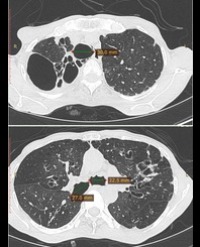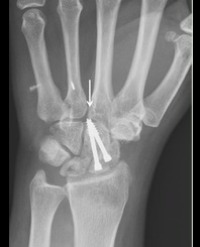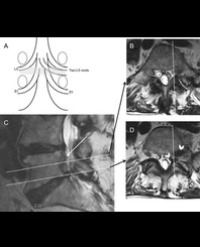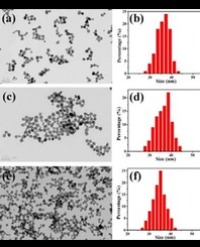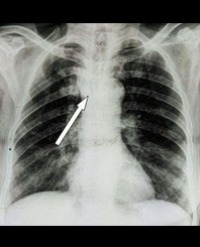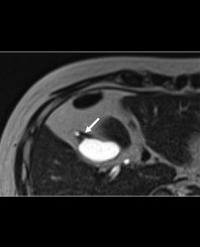
Chronic Cholecystitis which Mimics Gallbladder Cancer: a Case Report
A 50-year-old male visited our hospital because he was experiencing epigastralgia. On Computed Tomography (CT), a bile duct stone was detected as a high-density material at the level of the lower biliary tract. After admission, biliary drainage by endoscopic procedures, endoscopic sphincterotomy, and stone extraction were performed. Coincidently, fundal-type adenomyomatosis of the gallbladder was suspected on Magnetic Resonance Imaging (MRI) with Magnetic Resonance Cholangiopancreatography (MRCP). Two months after hospital discharge, the biliary stone was not detected on follow-up MRI with MRCP, but focal thickening of the gall bladder had progressed in comparison to the thickness observed on previous CT and MRI with MRCP. The possibility of gallbladder cancer could not be denied; therefore, an extended cholecystectomy was performed. Histopathological examination revealed chronic cholecystitis without malignancy and no active inflammation. There was no active inflammation in the mucosa, muscularis propria, and subserosa. Quantitative visual assessment using diffusion-weighted imaging in addition to dynamic CT was useful for the diagnosis of chronic cholecystitis.
Kenji Motohashi1*, Takao Igarashi1, Hirokazu Ashida1, Kunihiko Fukuda1 and Satoru Chiba2

